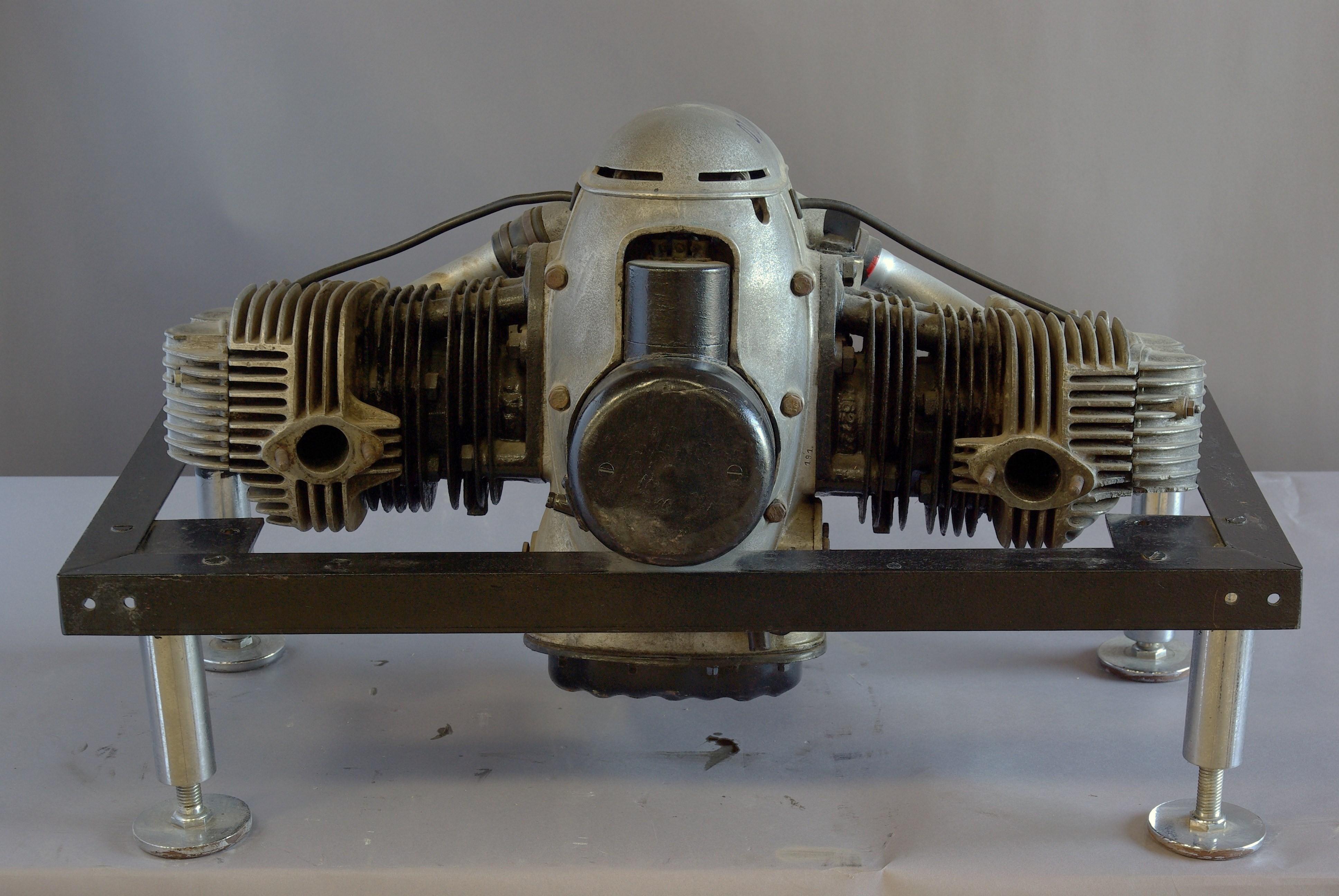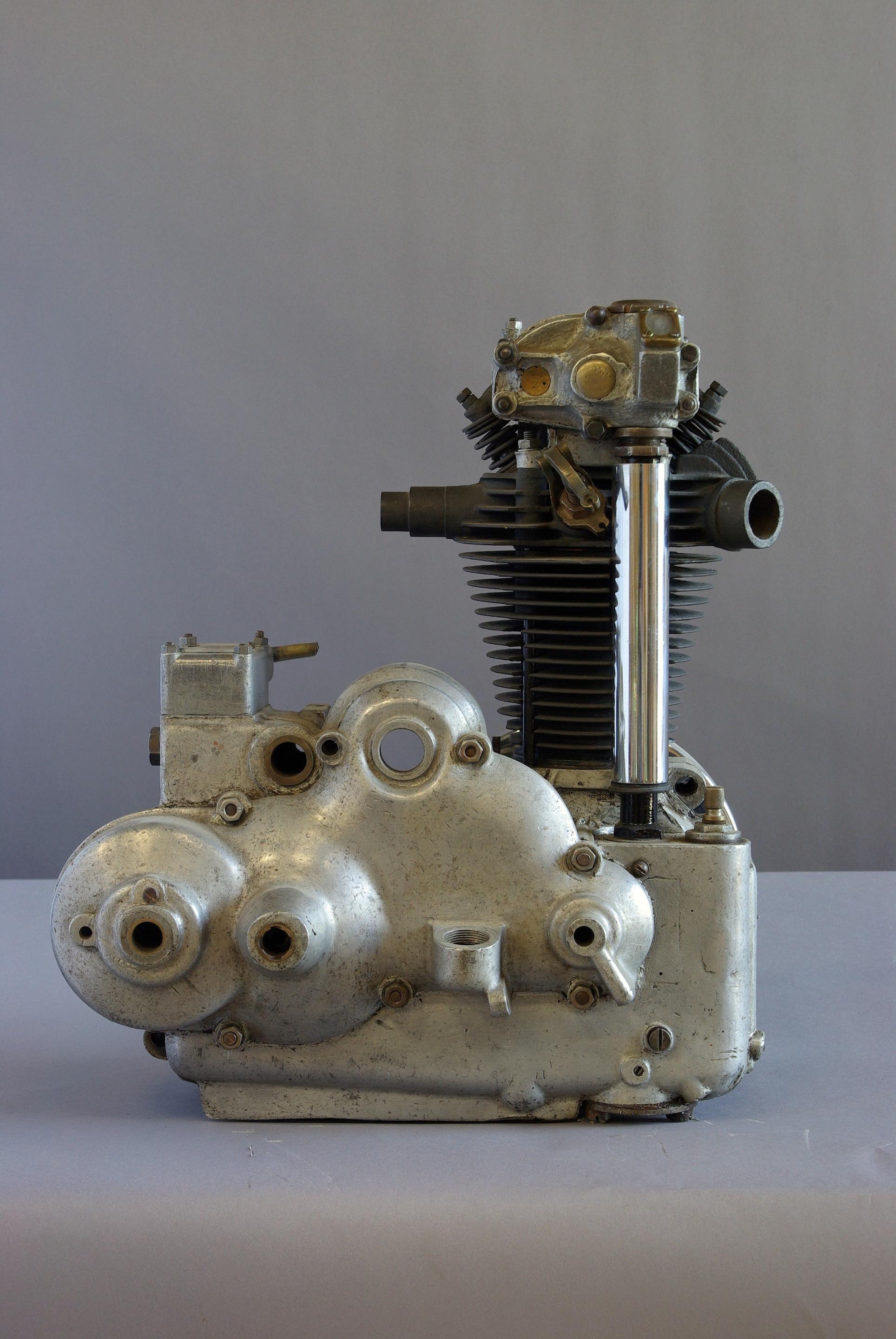A firm with its roots in the Victorian bicycle industry, Humber began experimenting with powered transport in the closing years of the 19th Century, introducing its first successful motorcycle - a built-under-license P&M - in 1902 and the first all-Humber design in 1908. A 500cc sidevalve, this new 3½hp model carried its engine in the conventional position and featured belt drive to a two-speed rear hub. V-twin and flat-twin models followed, Humber’s first post-WWI offering being a 4½hp version of the latter. This heavyweight machine - ‘The Silent Humber’ - was joined for 1923 by a 2¾hp lightweight sports model powered by a single-cylinder sidevalve engine of 75x79mm bore/stroke displacing 349cc. Refined and speedy, the newcomer proved good enough to secure Humber the Team Prize in the 1923 ACU Six Days Trial and would provide the basis of its future motorcycle range, spawning overhead-valve and, later, overhead-camshaft derivatives. Produced in touring and sports versions, the 2¾hp sidevalve Humber remained in the range until motorcycle production ceased at the end of 1930. This restored Humber sidevalve was acquired by Professor Ehn circa 1974 and has been on display in the Museum since its opening in 1980. The machine is offered with original Einzelgenehmigung.
A firm with its roots in the Victorian bicycle industry, Humber began experimenting with powered transport in the closing years of the 19th Century, introducing its first successful motorcycle - a built-under-license P&M - in 1902 and the first all-Humber design in 1908. A 500cc sidevalve, this new 3½hp model carried its engine in the conventional position and featured belt drive to a two-speed rear hub. V-twin and flat-twin models followed, Humber’s first post-WWI offering being a 4½hp version of the latter. This heavyweight machine - ‘The Silent Humber’ - was joined for 1923 by a 2¾hp lightweight sports model powered by a single-cylinder sidevalve engine of 75x79mm bore/stroke displacing 349cc. Refined and speedy, the newcomer proved good enough to secure Humber the Team Prize in the 1923 ACU Six Days Trial and would provide the basis of its future motorcycle range, spawning overhead-valve and, later, overhead-camshaft derivatives. Produced in touring and sports versions, the 2¾hp sidevalve Humber remained in the range until motorcycle production ceased at the end of 1930. This restored Humber sidevalve was acquired by Professor Ehn circa 1974 and has been on display in the Museum since its opening in 1980. The machine is offered with original Einzelgenehmigung.















Try LotSearch and its premium features for 7 days - without any costs!
Be notified automatically about new items in upcoming auctions.
Create an alert